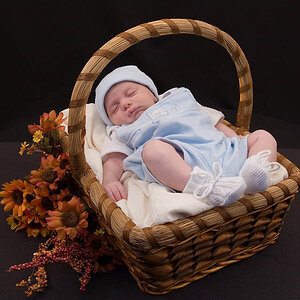Say I'm shooting indoors, with my alien bees lights, and I want a larger DOF, say F16 - would i just keep adjusting the strength of my light or moving it closer or farther from the subjects until my flash meter reads F16? Because I can't change from my flash sync speed right? I'm confused on if I can't change the shutterspeed, how I get the Fstop that I want. I just have a cheapy flash meter, nothing fancy.
Basically, I am taking some shots of my pregnant best friend this weekend. Please take a look at some examples of what I want to do. These are for background questions only, I'm not composing these exact shots. The first - i love the dramatic lighting on this picture. How do I do that and how do i get the background so black? If I remember correctly, I need to put a lot of space between the subject and the background so there is no light on the background? Is that right?
http://i57.photobucket.com/albums/g206/texassand/maternity8.jpg
On the second one, how do I get the background so white? I know this one is tougher but anytime I use a white background, it always comes out grey and you can see the material. How do I blow it out like that?
http://i57.photobucket.com/albums/g206/texassand/maternity13.jpg
I have two alienbees lights, two silver umbrellas, on background light, and a rebel xt.
Any guidance would be greatly appreciated!!
Thanks!!
Sarah
Basically, I am taking some shots of my pregnant best friend this weekend. Please take a look at some examples of what I want to do. These are for background questions only, I'm not composing these exact shots. The first - i love the dramatic lighting on this picture. How do I do that and how do i get the background so black? If I remember correctly, I need to put a lot of space between the subject and the background so there is no light on the background? Is that right?
http://i57.photobucket.com/albums/g206/texassand/maternity8.jpg
On the second one, how do I get the background so white? I know this one is tougher but anytime I use a white background, it always comes out grey and you can see the material. How do I blow it out like that?
http://i57.photobucket.com/albums/g206/texassand/maternity13.jpg
I have two alienbees lights, two silver umbrellas, on background light, and a rebel xt.
Any guidance would be greatly appreciated!!
Thanks!!
Sarah


![[No title]](/data/xfmg/thumbnail/39/39442-c7791194bfea1b4d6bd382b004fb8488.jpg?1619739033)
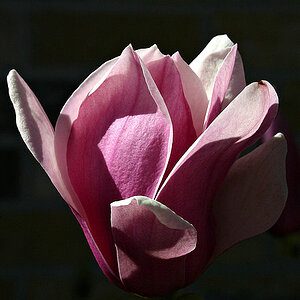


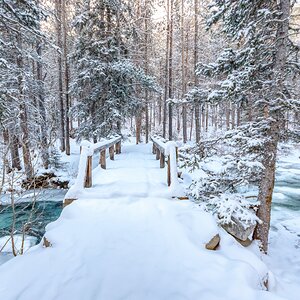
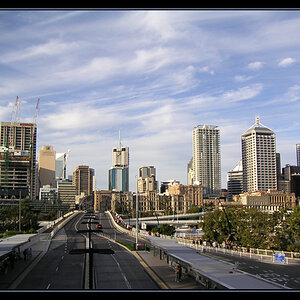
![[No title]](/data/xfmg/thumbnail/31/31979-ea92aca54ae865842d998c9cec534991.jpg?1619735137)
![[No title]](/data/xfmg/thumbnail/31/31978-02cde49248ebdf1b82fba5c899e08378.jpg?1619735136)
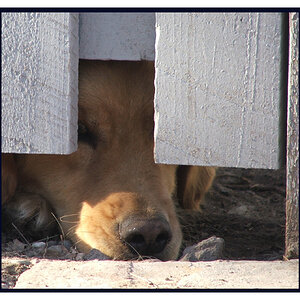
![[No title]](/data/xfmg/thumbnail/36/36399-041c9ebc3a39e89ec8e39243c0d43528.jpg?1619737551)

